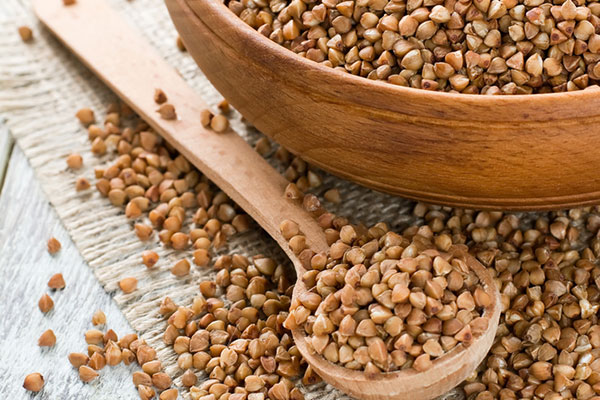
I loved this article in the SHED newsletter, written by Gretchen Giles (editor of Made Local Magazine). She’s graciously let me reprint it here. Consider checking out the class.
It’s not a grain and it’s not a wheat, but buckwheat acts like a grain and cooks like a wheat. Best part? It’s extremely high in protein and entirely gluten-free.
In preparing for Sonoko Sakai‘s soba-making workshop, slated for Oct. 5 at SHED Modern Grange in Healdsburg, we have buckwheat on the brain.
It’s a pretty amazing plant. Interplanted, it acts as a natural weed suppressant. Featuring triangulated seeds similar to those of the Beech tree, it’s original name is Beech Wheat; knowing that the Dutch word for “Beech” is beuc helps to understand today’s moniker. And before the advent of petrochemical fertilizers, we used to grow literally tons of it in the U.S. — one million acres were harvested in 1918 — as a green compost that rejuvenates soils.
The French love it for crepes; the Italians, for pasta; and the Japanese, for their slurping noodles. They even have a word, nodogoshi, to describe the sensation one feels when whole soba buckwheat noodles slide down the throat.
Anson Mills, one of the country’s only artisanal outfits able to properly process this notoriously difficult seed, has offered to custom mill two types of buckwheat flour just for SHED. For soba making, they are producing Ni-Hachi Sobakoh, a high grade flour made from buckwheat “just cut from the field a few days ago”, according to Glen Roberts, the visionary founder of Anson Mills. For pasta, crepes and other pastries (such as the buckwheat seeded cookie made by our talented pasty chefs), they’re milling a refined taragna buckwheat flour. Discussing buckwheat on their website, they rather poetically declare, “the aroma and flavor nuances of freshly milled buckwheat are fleeting.” Look for these custom milled flours in our cooler, expected sometime next week.
The best soba houses in Japan still mill their own buckwheat flour in order to best capture its transience. Sonoko has been known to leave her clothes behind in order to pack her luggage full of this flour when she travels to places where it is freshly milled.
Join us on Sunday, Oct. 5, 2014 to learn more about this ancient staple and the soba noodle tradition that surrounds it. Sonoko has graciously allowed us to reprint one of her stories about buckwheat soba noodles and their importance to her personally on our blog this week.










